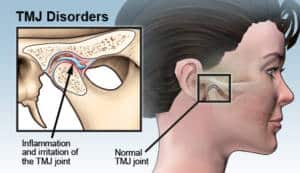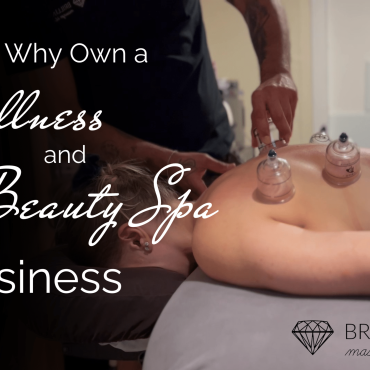
TMJ DISORDERS
TMJ is also called TMD is more common among people than one might think
I have been seeing people on and off who have TMj issues. For some its a more severe issue, for some its just a little bothersome. One person I know actually had to get a surgery and it helped. Other clients wear night guard which seemed to help a lot. Massages eases the pain and can aid in healing of TMJ. Not always it is the 100% solution. Sometimes more ways need to be looked how it could be healed. Is the client chewing too much gum during the day? Maybe they should wear a night guard? Should they improve their diet with more anti- inflammatory foods? Reducing stressors, learning to deal with stress in a ways that would reduce teeth grinding etc.
Numbers
It is estimated that between 10 and 35 million Americans suffer from TMJ. Statistics indicate that women are impacted by TMJ more often than men.
Your temporomandibular joint is a hinge that connects your jaw to the temporal bones of your skull, which are in front of each ear. It lets you move your jaw up and down and side to side, so you can talk, chew, and yawn.
What Causes TMJ?
We don’t know what causes TMD (same asTMJ). Dentists believe symptoms arise from problems with the muscles of your jaw or with the parts of the joint itself.
Injury to your jaw, the joint, or the muscles of your head and neck — like from a heavy blow or whiplash — can lead to TMD. Other causes include:
Grinding or clenching your teeth, which puts a lot of pressure on the joint
Movement of the soft cushion or disc between the ball and socket of the joint
Arthritis in the joint
Stress, which can cause you to tighten facial and jaw muscles or clench the teeth
What are the symptoms?
TMD often causes severe pain and discomfort. It can be temporary or last many years. It might affect one or both sides of your face. More women than men have it, and it’s most common among people between the ages of 20 and 40.
Common symptoms include:
Pain or tenderness in your face, jaw joint area, neck and shoulders, and in or around the ear when you chew, speak, or open your mouth wide
Problems when you try to open your mouth wide
Jaws that get “stuck” or “lock” in the open- or closed-mouth position
Clicking, popping, or grating sounds in the jaw joint when you open or close your mouth or chew. This may or may not be painful.
A tired feeling in your face
Trouble chewing or a sudden uncomfortable bite — as if the upper and lower teeth are not fitting together properly
Swelling on the side of your face
You may also have toothaches, headaches, neck aches, dizziness, earaches, hearing problems, upper shoulder pain, and ringing in the ears (tinnitus).
Treatment
Many types of healthcare professionals can be involved in TMJ treatment. This spectrum includes, but is not limited to, physicians, pain specialists, chiropractors, physical therapists, acupuncturists, dentists and bodyworkers. In certain cases, a splint or mouth guard is crafted specifically for the individual to prevent the TMJ from slipping out of place. Reconstructive jaw surgery is rarely employed for TMJ and is typically the very last resort. Some self-help suggestions to offer clients suffering with a painful jaw include:
- Maintain good posture while working at a computer, watching TV and reading. Pause frequently to change position, rest hands and arms, and relieve stressed muscles.
- Make a habit of relaxing the facial and jaw muscles throughout the day.
- Avoid chewing gum and eating hard foods.
- Apply moist heat to increase the circulation around tense jaw muscles.
- Use relaxation techniques to reduce overall stress and muscle tension in the entire body.
Bodywork is an ideal modality to relieve the pain of TMJ. According to medical massage proponent Boris Prilutsky, “Massage therapy should be focused toward the reduction of tension in the masticatory muscles, releasing tension in fascia, and elimination of trigger points. Post-isometric relaxation is an extremely important tool for the restoration of the range of motion.”
Self Massage can help too:
You can also do self Massage these videos are showing:
-Blog post by Jolita Brilliant, Licensed Massage Therapist in Burlington, Vermont


